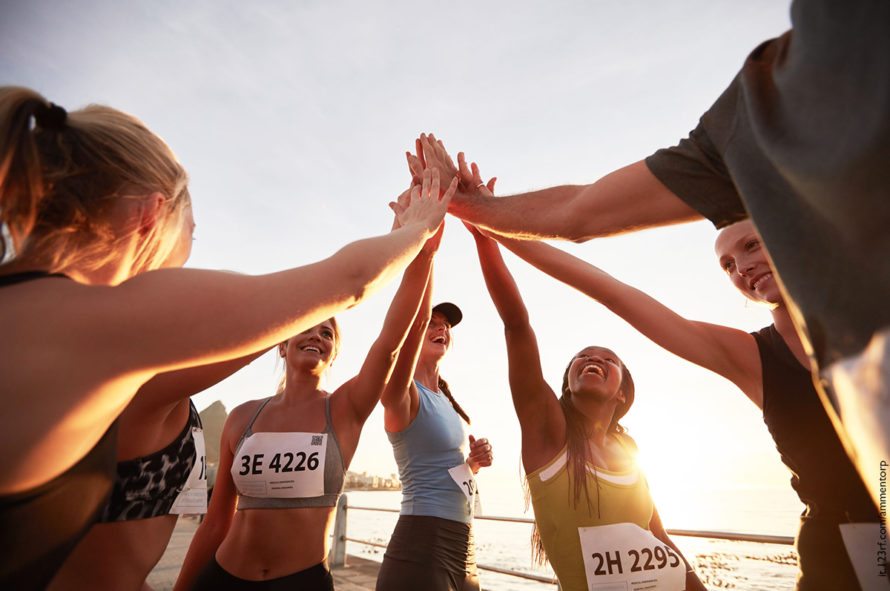In order to win, I must learn to smile

A good sport performance also depends on mouth prevention, protection and care
It is known by now that a correct dental occlusion has a positive influence on sport performances, thanks to posture stabilization and a better control of oxygen consumption.
Here are some things you should know if you are a sporty person.
The combination of these factors causes an asymmetric function of the lower jaw muscles and consequently disorders of the temporomandibular joint (TMJ).
In the long term, the system can deteriorate and develop complex symptomatologies with muscle pain, cracking joints and mouth blocks when opening and closing.
As soon as these symptoms appear, the specialist must intervene with the use of an occlusal appliance called bite.
The bite represents the first device to solve malocclusions and TMJ disorders. It will then be necessary to proceed with an orthodontic or prosthetic treatment in order to re-establish a balanced situation.
Bites can be of different types, depending on their shape, position and therapeutic indication.
They can be employed at neuromuscular level to modify irregular dental contacts, or in lower jaw bad habits to relax the musculature or get the patient used to assume a correct posture.
It is used to correct temporomandibular and neuromuscular disorders.
There are many types of bites, depending on the disorder or dysfunction to treat.
There are bites used to treat the temporomandibular joint and myofunctional ones used to operate on muscles. They can be positioned on the upper and lower arch.
This type of bite acts at myofunctional level, according to the principle that the muscles of our body are all connected in a vertical descending or ascending way.
A dental malocclusion alters the tension of the mouth muscles and will then affect the neck and go down to the feet.
Similarly, an alteration of the feet posture will affect upper parts until it reaches the mouth.
Moreover, it inhibits the cutting effect of the teeth, thus preventing cuts and bruises to cheeks and lips. The mouthguard must be customized based on each patient´s dental impression, in order to guarantee a perfect harmony with the dental arch. Its goal is to “join” teeth with one another, protect them from traumas and reduce the damaging inconvenience called “chewing gum”, typical of standard mouthguards which can be easily removed with simple tongue movements.
The mouthguard must be worn also by people wearing a fixed orthodontic appliance.
Snoring can be a big problem in everyday life and can significantly influence athletic performances. Those who snore during the day can face frequent moments of apnea which strongly influence the normal oxygen renewal in tissues. It is clear that, if we are not able to rest well nor to oxygenate our muscles during resting phases, we can have a significant decrease in athletic performances.
We should also keep in mind that our brain needs to recharge during sleep and frequent apneas cause less quantities of oxygen and can decrease our degree of attention and concentration during the day.
Since many sports disciplines impose a special diet on athletes, it is important that the sports orthodontist gives specific indications on the correct oral hygiene and mouth stability.
In athletes, indeed, the stomatognathic and the digestive system are subject to an additional job. They are therefore more exposed to dysmetabolisms, dental cavities and processes of demineralization.
This is due to the increase in pressure present underwater.
Toothache usually appears in correspondence of preexisting injuries and frequent scuba divings can make it worse for different reasons.
Barotraumas can occur both during scuba diving, when the pressure increases, and in height (airplane or in the mountains) with negative pressure.
A tightened snorkel between teeth can cause disorders of the temporomandibular joint due to the jaw position while wearing it.
The advice is to get custom-made snorkels which exclude the use of a prosthesis while underwater.
